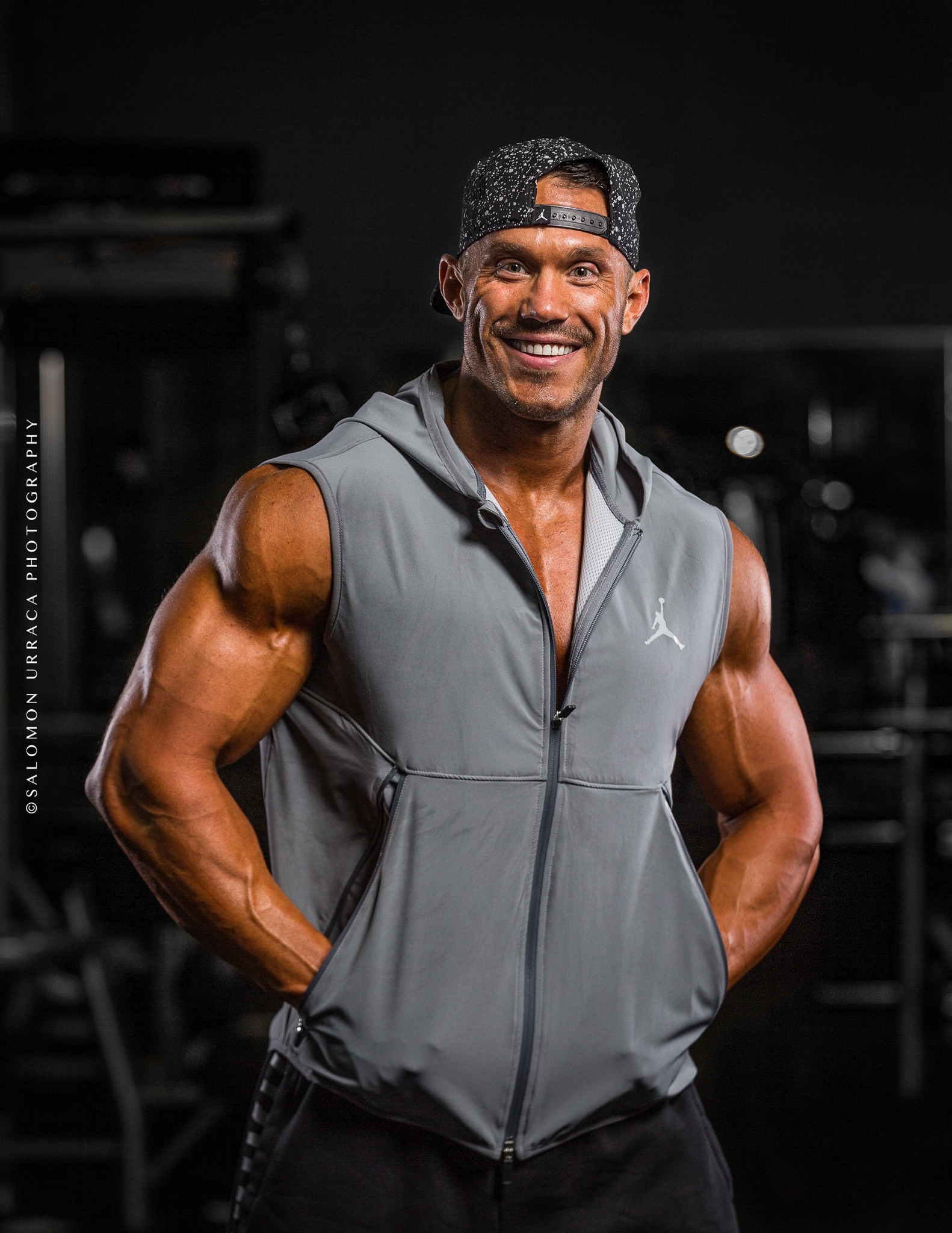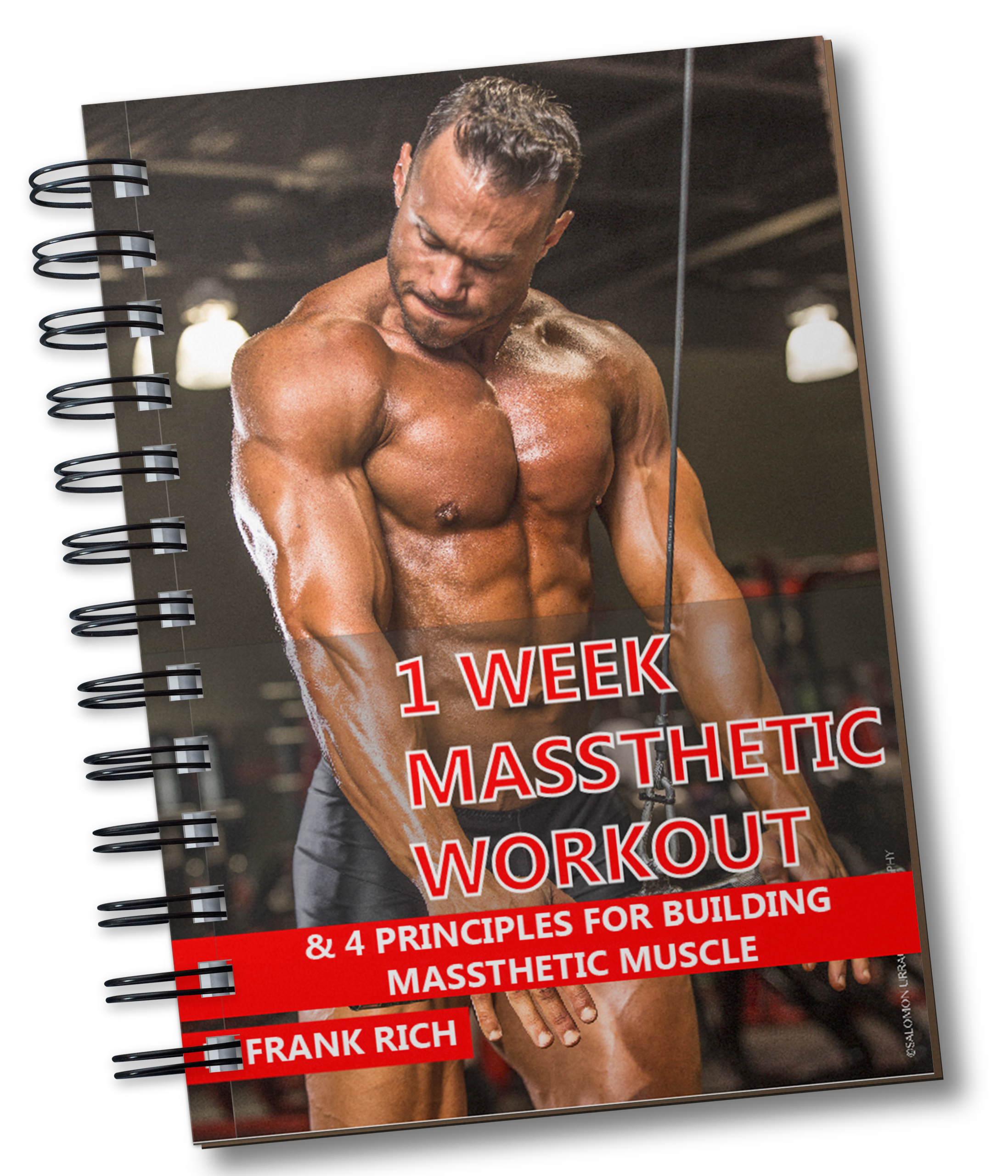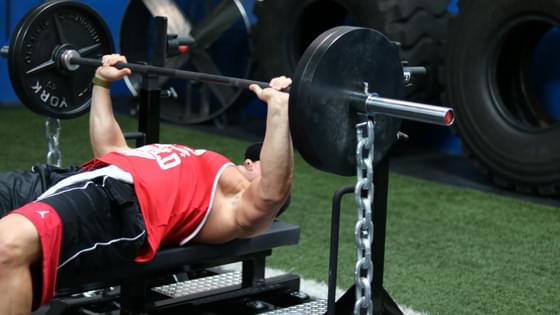
How To Create The PERFECT Workout
Written by Frank Rich on August 8, 2018
Programming your own workout can be an overwhelming task.
A quick Google search on, “How To Create A Workout Plan” will yield you 276 million results.
So where do you start?
Well you can be like the majority of the population who spend hours a week in the gym without getting any results and just go in everyday without a plan, hoping that by sheer luck, your presence in the gym will guide you in the direction of achieving your goals.
But let me remind you that, Hope is not a course of action, and creating a goal without a plan is nothing more than a wish.

The first thing you must do before creating a plan is establish EXACTLY where it is you are trying to go, then reverse engineer the steps it will take to get you there.
Today we are not going to go into detail on the process of goal setting… we’ll save that for a later date.
So assuming we are all on the same goal, and that goal is building as much muscle as possible, I’m going to take you through the steps of creating the perfect workout plan. This approach can be replicated for every single body part, and once you master the principles, you can walk into any gym in the world, and as long as you know what muscle you are training, be able to take yourself through an extremely efficient and effective workout.
What we are going to cover here is not specific exercises, reps, or set schemes, but the thought process and logic of how you select your exercises, because in my opinion, the order in which we complete our workout can be one of the greatest advantages we have to improve and transform our physiques.
You see, the muscles in our bodies have a very distinct ability to produce output, and there are points in every movement or exercise where we are really strong, and points where we are going to be weaker. This is known as our body’s strength curve.
And at the same time, every exercise or movement has certain points where the weight and load is heavier, or more challenging, and also points where the load will seem lighter. This will be dictated by the type of resistance (free weight, machine, cable), as well as joint angles and moment arms (the distance from the axis of the joint that is moving). This is known as the resistance curve.

The better our ability to select exercises that match our body’s strength curve to the natural resistance curve of those exercise will lead us to producing higher quality output contractions, having more efficient workouts, saving time, and ultimately building more muscle.
This process consists of 5 steps, not carved in stone as they can be tweaked based upon a certain person’s needs or goals, or even training experience. But if you are unsure of what to do, or just getting started in transforming your physique, this exact outline can be used every single time you walk into the gym and will guarantee that the time spent there will bring you closer to your goals.
I will explain each step and the thought process behind why it is placed where it is, then provide examples of exercises that fit the description.
So without further ado…
Step #1 - Activation
This is the “warm-up” period of our workout, except, I don’t care what your body temperature gets to, all we are focused on is producing contractions within the muscles we are training and establishing a strong mind-to-muscle connection.
The better your ability to contract muscles now, with minimal load, will lead you to creating and keeping more tension in the muscles during your workout.
This step should be no more than 6-8 minutes of work. All you are trying to do is assess your range of motion and then take that muscle through the full range of motion, with a very light load or resistance.
This is the “warm-up” period of our workout, except, I don’t care what your body temperature gets to, all we are focused on is producing contractions within the muscles we are training and establishing a strong mind-to-muscle connection.
The better your ability to contract muscles now, with minimal load, will lead you to creating and keeping more tension in the muscles during your workout.
This step should be no more than 6-8 minutes of work. All you are trying to do is assess your range of motion and then take that muscle through the full range of motion, with a very light load or resistance.



All Your Information is Protected When You Sign Up
FB Comments Will Be Here (placeholder)
About Author: Frank Rich

Frank Rich is an online fitness entrepreneur, fitness author, certified trainer & nutrition coach, and bodybuilder. He has close to 2 decades of training experience himself, and has helped thousands of men around the world build muscle, lose fat, and transform their lives. Frank has dedicated himself to helping 100,000 men build what he defines as a MASSTHETIC PHYSIQUE.
Free 7-Day Workout

ADD 1 INCH TO YOUR ARMS IN JUST 30 DAYS

Follow @frankrich_fitness on Instagram
CUSTOM JAVASCRIPT / HTML
CUSTOM JAVASCRIPT / HTML
CUSTOM JAVASCRIPT / HTML
Related Articles

12 Principles Of Progressive Overload
Unless you are completely new to resistance training and the idea of building muscle, then you have definitely heard the following statement before... [Read More]

Why You SHOULD Train 2 Days In A Row
So here we are, it’s a new week and you’re ready to get back into the routine of hitting the gym, either first thing in the morning or after a long work day. [Read More]

The Curse Of NOW
Time is an asset, maybe our greatest asset, as we can never get it back, so we need to pay close attention to how we either invest or spend our time. [Read More]
Copyright © 2018. Frank Rich Fitness. All Rights Reserved.

